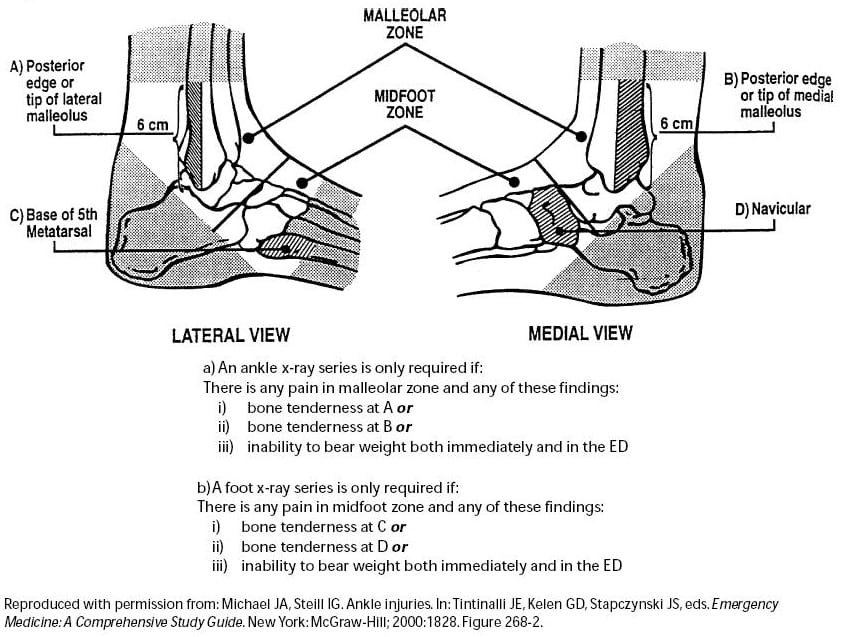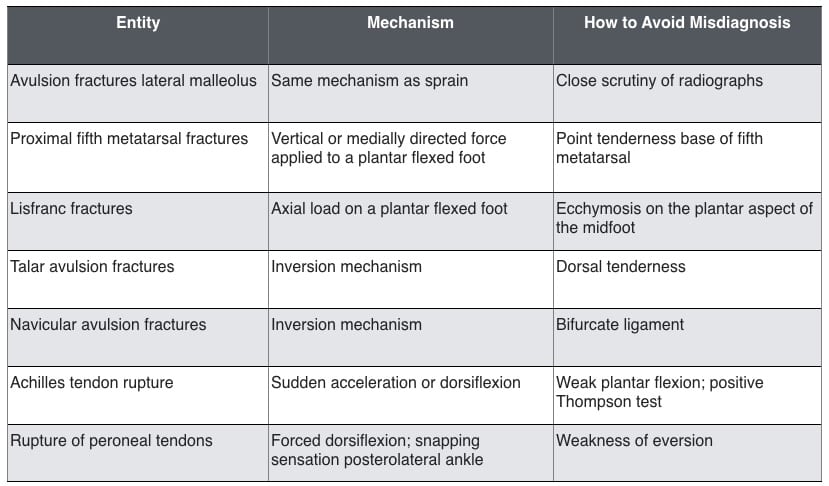An ankle sprain, often abbreviated as AS, is one of the most common musculoskeletal injuries that people experience. Whether you are an athlete, a casual jogger, or simply someone who accidentally stepped off a curb wrong, an ankle sprain can happen to anyone. This injury occurs when the ligaments in the ankle stretch beyond their normal range or tear due to excessive force. Understanding the types, causes, symptoms, and recovery steps for this condition is crucial for effective management and prevention of long-term complications.

What Are the Types of Ankle Sprains?
Ankle sprains are classified into different types based on the severity of the injury and the specific ligaments affected. Here’s a breakdown of the main categories:
Grade 1 Sprain
- This is considered a mild sprain where the ligaments are slightly stretched but not torn.
- There may be minimal pain, swelling, and bruising.
- Individuals with a Grade 1 sprain can usually walk with little difficulty.
Grade 2 Sprain
- A moderate sprain involves partial tearing of the ligaments.
- Swelling and bruising are more pronounced, and there may be some instability in the joint.
- Pain is typically more intense, and walking may be challenging.
Grade 3 Sprain
- This is the most severe type, characterized by a complete tear of the ligaments.
- Significant swelling, bruising, and joint instability are common.
- Walking is extremely difficult or impossible without assistance.
High Ankle Sprain
- This type affects the ligaments above the ankle joint, which connect the two lower leg bones (the tibia and fibula).
- It often occurs during activities involving twisting motions, such as contact sports.
- Recovery from a high ankle sprain tends to take longer than other types.
What Causes an Ankle Sprain?
Ankle sprains occur when the foot twists, rolls, or turns in an unnatural way, causing the ligaments to stretch or tear. Below are some common causes:
Sudden Movements
- Rapid changes in direction while running or playing sports can lead to a sprain.
- Jumping and landing awkwardly on an uneven surface is another frequent cause.
Uneven Surfaces
- Walking or running on irregular terrain increases the risk of rolling the ankle.
- Hiking trails, cobblestone streets, or poorly maintained sidewalks are examples of surfaces that may contribute to sprains.
Inadequate Footwear
- Shoes that lack proper support or do not fit well can destabilize the ankle.
- High heels or worn-out athletic shoes are particularly problematic.
Previous Injuries
- Individuals who have previously sprained their ankles are at higher risk of re-injury.
- Weakened ligaments from prior sprains make the joint more susceptible to future damage.
What Are the Symptoms of an Ankle Sprain?
The symptoms of an ankle sprain vary depending on the severity of the injury. However, there are several common signs to look out for:
Pain
- Pain is often the first symptom experienced after an ankle sprain.
- It may range from mild discomfort to sharp, debilitating pain.
- Pain is typically localized around the injured area but can radiate to other parts of the foot or leg.
Swelling
- Swelling occurs as the body sends extra fluid to the injured area to aid in healing.
- It may develop immediately or within a few hours after the injury.
- Swelling can make it difficult to move the ankle or wear shoes comfortably.
Bruising
- Bruises appear when blood vessels near the surface of the skin rupture.
- They may show up as red, blue, or purple discoloration around the ankle.
- Bruising can spread to other areas of the foot over time.
Limited Range of Motion
- The injured ankle may feel stiff and unable to move freely.
- Attempting to rotate or flex the foot may cause additional pain.
Instability
- In severe cases, the ankle may feel wobbly or give out when weight is applied.
- This is a sign of significant ligament damage and requires medical attention.
Steps for Recovery from an Ankle Sprain
Proper recovery is essential to ensure full functionality of the ankle and prevent chronic issues. The following steps outline a general approach to managing an ankle sprain:
Rest
- Avoid putting weight on the injured ankle to allow the ligaments to heal.
- Use crutches or a cane if necessary to minimize strain on the joint.
Ice Therapy
- Apply ice packs to the ankle for 15-20 minutes every 2-3 hours during the first 48 hours.
- Icing helps reduce swelling and numb the area to alleviate pain.
- Always wrap the ice pack in a cloth to avoid direct contact with the skin.
Compression
- Use an elastic bandage or compression wrap to provide support and control swelling.
- Ensure the wrap is snug but not too tight, as excessive pressure can restrict blood flow.
Elevation
- Keep the injured ankle elevated above heart level whenever possible.
- Elevating the foot helps drain excess fluid and reduces swelling.
Physical Therapy
- Once the initial pain and swelling subside, physical therapy exercises can help restore strength and flexibility.
- Exercises may include stretching, balance training, and resistance activities.
- A physical therapist can design a personalized program tailored to your needs.
Medication
- Over-the-counter pain relievers such as ibuprofen or acetaminophen can help manage discomfort.
- Consult a healthcare provider before taking any medication, especially if you have underlying health conditions.
Bracing or Taping
- Wearing an ankle brace or using athletic tape can provide additional stability during recovery.
- These aids are particularly useful when returning to physical activities.
Gradual Return to Activity
- Avoid rushing back into strenuous activities too soon, as this can worsen the injury.
- Start with low-impact exercises and gradually increase intensity under professional guidance.
When to Seek Medical Attention
While many ankle sprains can be managed at home, certain situations warrant immediate medical evaluation:
- If the pain is severe and does not improve with rest and self-care measures.
- When there is significant deformity or inability to bear weight on the affected foot.
- If numbness, tingling, or coldness develops in the foot, indicating potential nerve or circulation issues.
- For individuals with diabetes or other conditions affecting circulation, even minor injuries should be assessed promptly.
Preventing Future Ankle Sprains
Taking preventive measures can significantly reduce the likelihood of experiencing another ankle sprain:
- Strengthen the muscles around the ankle through regular exercise and conditioning.
- Wear appropriate footwear designed for specific activities, such as running shoes or hiking boots.
- Warm up properly before engaging in physical activity to prepare the joints and muscles.
- Consider using ankle braces or supports during high-risk activities like sports or uneven terrain hikes.




